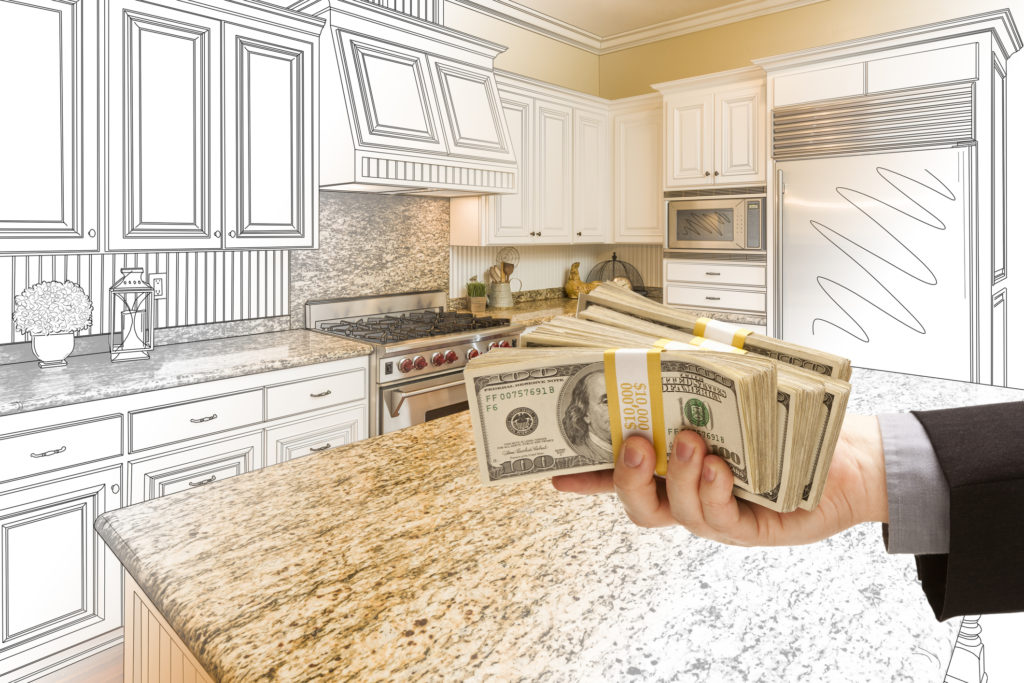
You’ve decided it’s time to make significant changes to your home, but how will you fund your remodel? Before you start, it’s a good idea to devise a plan to pay for the upcoming home improvement project. Securing funding is a lot simpler than it used to be. Years ago, to obtain a loan, you’d have to visit the bank, see a loan officer and hope you received approval. Hundreds of loan programs are available, and many can be applied online easily from your home or office.
Paying for Your Home Improvements
Today’s homeowner has quite a few options available to help fund home improvement projects. Some loans can fit your situation even if you have less-than-perfect credit. Here are several of the most common financing options for homeowners:
Personal Savings – The easiest and most cost-effective option to fund your home improvement project is to use your own savings. Using your own money avoids fees and interest rates.
Home Equity Loan – Often called a second mortgage, a home equity loan uses the equity built up in your home. You are borrowing against the value of your home and will repay the loan, plus interest, over a specific period.
Home Equity Line of Credit (HELOC) – This type of funding also allows you to use the equity in your home. However, a HELOC acts like a credit card instead of one lump sum, so you can draw funds as needed. HELOCs usually have a variable interest rate, ten years to spend the money and 20 years to repay it.
Cash-Out Refinance – Using the equity in your home, refinance your existing mortgage for more than you currently owe. At closing, you’ll receive the difference between the new mortgage amount and the previous mortgage balance to spend on your home remodel.
Personal Loan – You can finance your upgrade with money from a lender such as online lenders, local banks or credit unions. Personal loans have fixed interest rates and repayment terms; you don’t need to use your home as collateral.
Credit Cards – A credit card can fund smaller home improvement projects. This is a good option if you have a 0% APR card that you can pay off during the interest-free period.
Government Loans – Depending on where you live, government programs may be available to help pay for improvements to your home.
Before choosing a financing option, you should first consider your current budget, credit score and interest rates. It’s important that the repayment terms fit your present financial situation. There are always risks associated with taking out additional loans or larger mortgages.
The Best Lender Option
The best place to start shopping for a home equity loan or line of credit is the bank or credit union you already use. Often, members receive lower rates. Shop around to ensure you get the best rate and terms that work for you. If you’d rather refinance or take out a second mortgage, a mortgage broker may be the better choice as they have more loan sources available.
Home Renovation Financing
Financing a home project requires careful planning. Knowing how much your project will cost and how much monthly payment you can afford is a great first step. You can then shop around for a loan that fits your specific needs. Ultimately, the loan type and interest rates you qualify for are based on your credit score, loan-to-value ratio and income. With so many loan programs out there, don’t get sucked into promises and promotions without doing your research.


